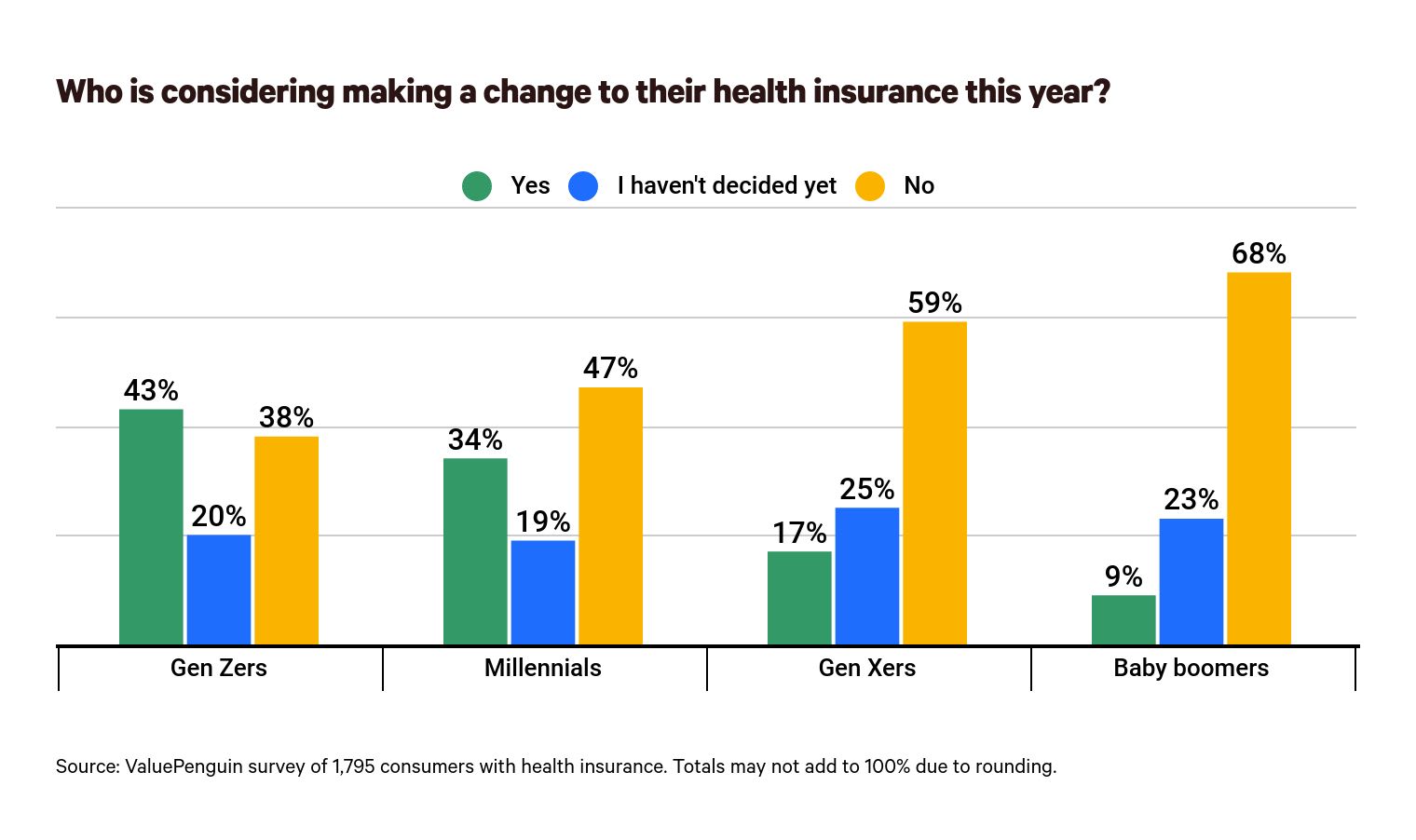Tuesday’s Tidbits

From the Delta variant vaccination and treatment front, AHIP informs us that
The Food and Drug Administration’s (FDA) Antimicrobial Drugs Advisory Committee (AMDAC) held a meeting to discuss the safety and efficacy of the COVID-19 antiviral treatment molnupiravir, developed by Merck and Ridgeback Biotherapeutics. The oral treatment is the first COVID-19 therapy that could be taken outside a clinical setting. The Committee reviewed data by Merck and the FDA on molnupiravir’s toxicity, efficacy, and safety, and discussed concerns over treatment of pregnant persons and the potential effects of viral mutation and evolution. Initial data from Merck showed that molnupiravir reduced the hospitalization risk among high-risk patients by 48%, however data released November 26 suggests the reduction in hospitalizations may be closer to 30%.
The Committee voted 13-10 that the potential benefits of molnupiravir outweigh the known and potential risks when used for the treatment of mild-moderate COVID-19 in adult patients who are within 5 days of symptom onset and are at high risk of severe COVID-19, including hospitalization or death. Given concerns about the potential harmful effects on fetal development, Committee members further stressed the need for pregnancy testing prior to taking molnupiravir.
The FDA will review AMDAC’s conclusions and formally decide whether or not to grant emergency use authorization (EUA) to molnupiravir in the coming weeks.
Acting Food and Drug Commissioner Dr. Janet Woodcock announced
The [Food and Drug Administration] is working as quickly as possible to evaluate the potential impact of this variant on the currently available diagnostics, therapeutics and vaccines. We are closely monitoring the situation and are committed to communicating with the public as we learn more.
Historically, the work to obtain the genetic information and patient samples for variants and then perform the testing needed to evaluate their impact takes time. However, we expect the vast majority of this work to be completed in the coming weeks.
Healthcare Dive informs us that
The emergence of a new COVID-19 variant, named Omicron (B.1.1.529), is putting pressure on diagnostics manufacturers who test for the presence of SARS-CoV-2 to ensure its results are not impacted. Thermo Fisher Scientific, Qiagen and Lucira Health were quick to claim their tests can detect the emerging variant.
The Wall Street Journal reports that
The Omicron variant of the Covid-19 virus could lead to more infections among vaccinated people, according to several scientists, but some said there were reasons to believe the shots would protect against severe disease.
While the new variant might evade the antibodies generated in reaction to the vaccines, the virus will likely remain vulnerable to immune cells that destroy it once it enters the body, said Ugur Sahin, co-founder of BioNTech SE, which sells a Covid-19 shot with partner Pfizer Inc.
“Our message is: Don’t freak out, the plan remains the same: Speed up the administration of a third booster shot,” Dr. Sahin said in an interview Tuesday.
In that regard, Govexec.com notes that “Pfizer/BioNTech are expected to apply for approval for their booster shots for 16 and 17 year olds and the FDA “could authorize extra shots within roughly a week,” The New York Times reported on Monday.”
In COVID vaccine mandate legal news, the FEHBlog was quite surprised to read in Govexec that
On Tuesday, a federal judge temporarily blocked the COVID-19 vaccine mandate for federal contractors in three states.
U.S. District Judge Gregory Van Tatenhove, who serves in the U.S. District Court for the Eastern District of Kentucky, issued a preliminary injunction for the vaccine mandate for federal contractors and subcontractors in all covered contracts in Kentucky, Ohio and Tennessee. Following President Biden’s issuance of the executive order on the mandate on September 9, there have been numerous legal challenges.
“This is not a case about whether vaccines are effective. They are. Nor is this a case about whether the government, at some level, and in some circumstances, can require citizens to obtain vaccines. It can,” wrote Van Tatenhove. “The question presented here is narrow. Can the president use congressionally delegated authority to manage the federal procurement of goods and services to impose vaccines on the employees of federal contractors and subcontractors? In all likelihood, the answer to that question is ‘no.’”
The New York Times adds
A federal judge issued a preliminary injunction on Tuesday to halt the start of President Biden’s national vaccine mandate for health care workers, which had been set to begin next week.
The injunction, written by Judge Terry A. Doughty, effectively expanded a separate order issued on Monday by a federal court in Missouri. The earlier one had applied only to 10 states that joined in a lawsuit against the president’s decision to require all health workers in hospitals and nursing homes to receive at least their first shot by Dec. 6 and to be fully vaccinated by Jan. 4.
“There is no question that mandating a vaccine to 10.3 million health care workers is something that should be done by Congress, not a government agency,” Judge Doughty of U.S. District Court for the Western District of Louisiana wrote. He added: “It is not clear that even an act of Congress mandating a vaccine would be constitutional.”
The plaintiffs, he added, also have an “interest in protecting its citizens from being required to submit to vaccinations” and to prevent the loss of jobs and tax revenue that may result from the mandate.
It looks like the vaccine mandates are creating more work Judicial Panel on Multidistrict Litgation.
From the HIV front —
- The National Institutes of Health tells us that “Among people with HIV worldwide who are receiving antiretroviral therapy (ART), adults are getting closer to the global target of 95% achieving viral suppression, but progress among children and adolescents is lagging and long-term viral suppression among all groups remains a challenge. These findings of a study funded by the National Institutes of Health suggest that substantial efforts are needed to help people with HIV durably suppress the virus. The findings were published today in the journal The Lancet HIV.”
- The Centers for Disease Control informs us that “Improving access to and use of HIV services for [men having sex with men] MSM, particularly Black MSM, Hispanic/Latino MSM, and younger MSM, is essential to ending the HIV epidemic in the United States.”
- Here is a link to the CDC’s website on HIV treatment.
From the tidbits department —
- Fierce Healthcare calls to our attention the fact that
The Business Group on Health has identified several trends in health and wellness to keep an eye on next year, which they say highlight the sense of “collective urgency” employers and their workforces feel.
For example, the organization echoed an ongoing industry trend: virtual care isn’t going away following a massive increase in use during the pandemic. However, the Business Group argues that taking full advantage of its strengths will require integration with in-person offerings.
- The Society for Human Resource Management, having lost respect for the Delta variant, discusses how the Omicron variant may impact the workplace.
- AHRQ tells us that “Patients with retail medications to treat opioid use disorders spent on average 3.4 times more for out-of-pocket prescriptions than the rest of the U.S. population, according to an AHRQ-study published in the Journal of Substance Abuse and Treatment.” No bueno.
- Also “AHRQ has released an updated Chartbook on Rural Healthcare that shows that people in rural areas face difficulty getting timely, high-quality, affordable healthcare.
- HHS’s Office for Civil Rights which enforces the HIPAA Privacy and Security Rules now has settled in OCR’s favor 25 complaints against healthcare providers for allegedly violating HIPAA’s individual right to access medical records.










